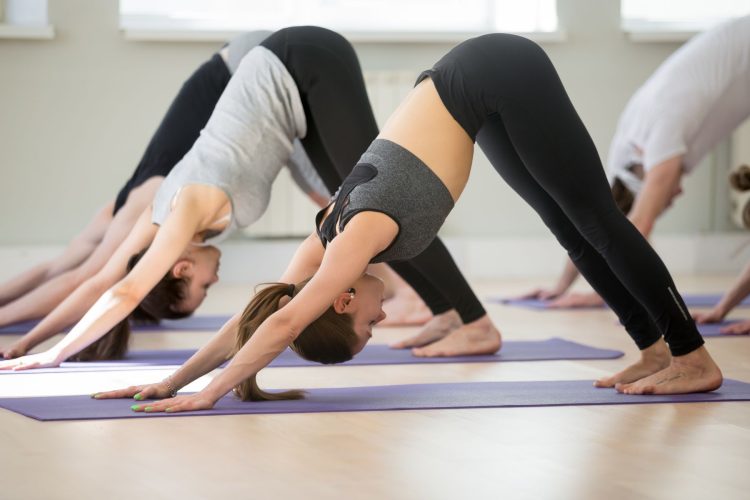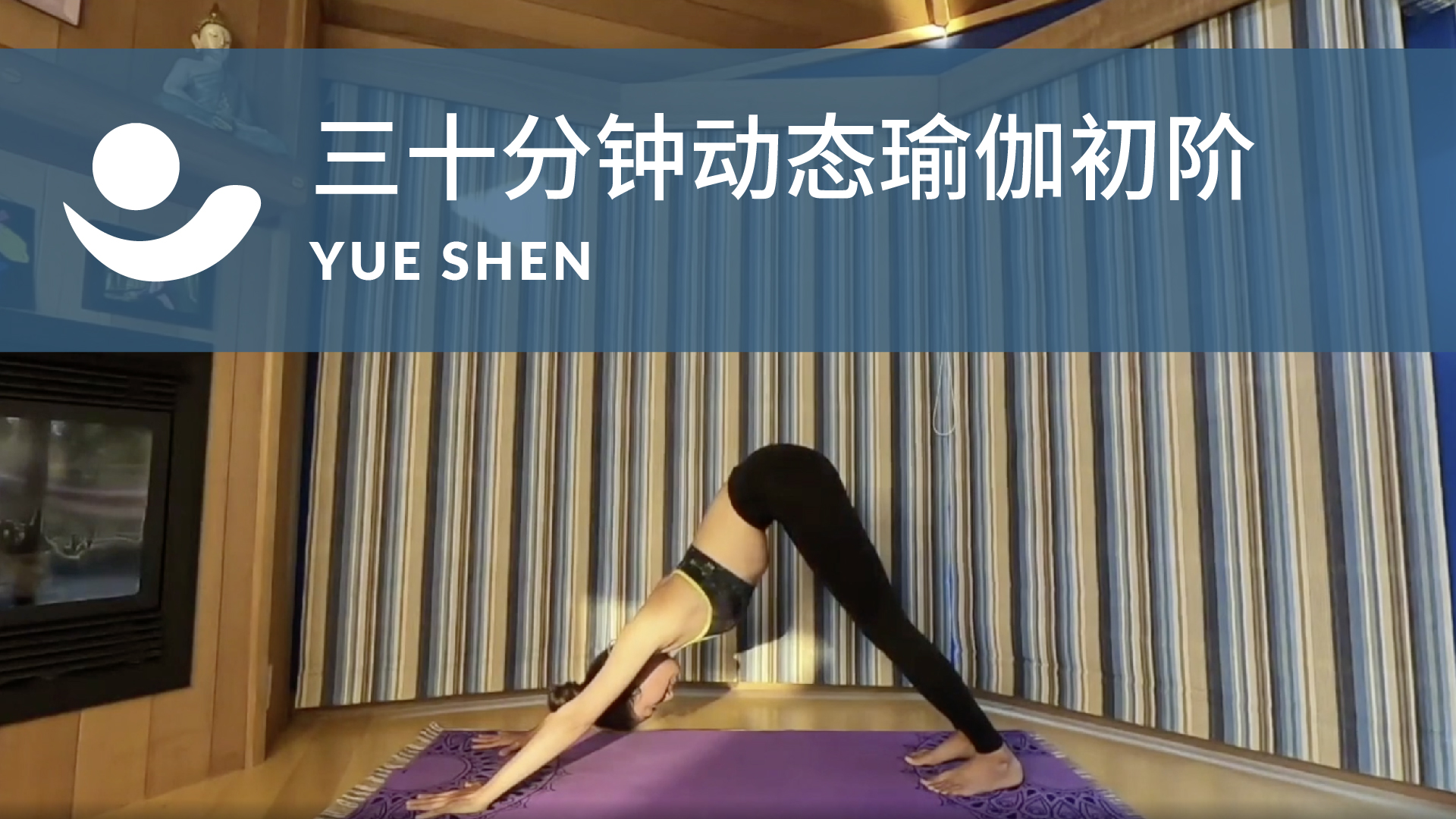If you practice yoga, you’ve done downward-facing dog repeated times. From my personal experience, I don’t recall a class where I haven’t done this pose (asana) in one way or another. The Sanskrit name is adho mukha svanasana:
- adho = downward
- mukha = face
- svana = dog
- asana = pose
There’s a reason why most teachers love it so much and blend it into the practice. As Eyal Shifroni puts it in his book Props for Yoga, “This pose has a unique combination of forward extension with concave back action. It charges the entire body, activating the four principal organs of action [speech, grasp or hold through hands, locomotion or feet, and excretion].” The general shape of down-dog resembles a triangle. The energy of the pose moves from the base (in this case, hands and feet), through the body, up to its top (the buttocks). The awareness embraces the top of the triangle, like snow resting on top of a Himalayan peak.
Shifroni also mentions the benefits of this asana, which include:
- calming the brain and helping relieve stress and mild depression
- energizing the body
- stretching the shoulders, hamstrings, calves, arches, and hands
- strengthening the arms and legs
- helping relieve the symptoms of menopause
- relieving menstrual discomfort (when done with head supported)
- helping prevent osteoporosis
- improving digestion
- relieving insomnia, back pain, and fatigue
- therapeutic for high blood pressure, asthma, flat feet, sciatica, and sinusitis
It’s important to note that if you suffer from high blood pressure or frequent headaches, you will benefit from adding a bolster to support the head. This will reduce muscular effort, relaxing the brain, and slowing down the heartbeat. If you are prone to dislocation of the shoulders, make sure that the arms don’t rotate outward. During advanced pregnancy, practice this asana with a chair or other support for the hands and head.
Adho mukha svanasana can be practiced in over 25 ways.
By adding varied props (i.e. blocks, a strap, wall, partner, bolsters, blankets, or chair), we can induce countless effects, which include:
- reinforcing space
- adding more symmetry
- creating balance
- activating fingers
- igniting action in shoulder blades
- finding more length in the spine
- opening the backs of the knees
- releasing the neck and creating space in the shoulder area
- strengthening wrists
- lengthening tendons and ligaments of the wrists, making these joints more flexible
This posture (like all yoga poses) gives the practitioner a chance to explore, discover, and deepen awareness in the body and breath while mastering it. Wherever you are in the process, this shape can be a great friendship to develop.
















